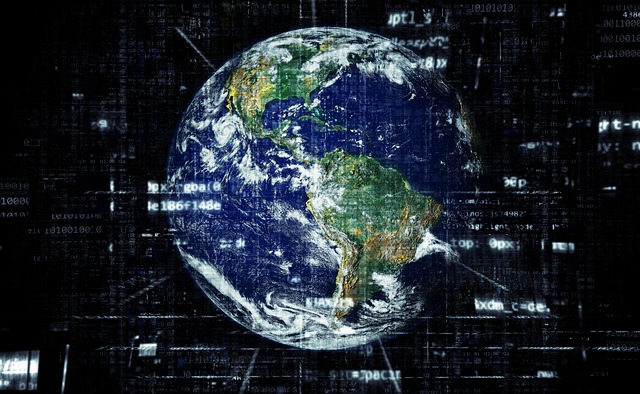
In the past decade, Earth Observation (EO) networks and satellite platforms have seen a massive expansion, now covering a wide range of essential climate variables (ECVs) and offering high potential to improve the quantification of global and regional GHG budgets to support improved process understanding, and monitoring and verification of anthropogenic GHG fluxes. In particular, there is a growing interest in the use of EO for improved estimates of CO2 emissions from land-use, land-cover change and land management (often noted as FLUC) fluxes. The potential is especially high for countries where the monitoring infrastructure is not fully established and with limited capacity to support time-consuming and cost-intensive inventories.
In this project, we aim to assess the opportunities for improved understanding and quantification of changes in the land use related carbon pools and fluxes, by incorporating Earth Observation (EO) information in bookkeeping (BK) models. This project will pave the way for a new generation of BK models that are fully driven by EO data, allowing them to run at much higher resolution than is the case nowadays (currently: 25 km to country level). We plan to build a prototype model designed as a high-resolution and spatially explicit version of the existing OSCAR model. This prototype will focus on Europe and Brazil and will specifically investigate the effects of specific policy interventions in agriculture on emissions in the land use sector.
This project is funded by the European Space Agency for 2 years. With IIASA as the Lead Contractor, the consortium is comprised of the Laboratory for Climate and Environmental Sciences (LSCE), University of Leipzig, University of Exeter and KERMAP. This project is carried out under the Exploratory Modelling Research Group in the Advancing Systems Analysis program of IIASA.
The activity is a part of the ESA Carbon Science Cluster of ESA’s Science for Society element of the FutureEO Programme. Science for Society aims at maximizing the scientific impact of ESA and European Earth Observation (EO) space assets in terms of innovative methods, novel products, open science tools and new Earth science results. Through the activities of the Cluster, ESA intends to promote a community effort towards an enhanced multi-mission assessment of the terrestrial carbon cycle at resolutions in space and time compatible with decision making.


